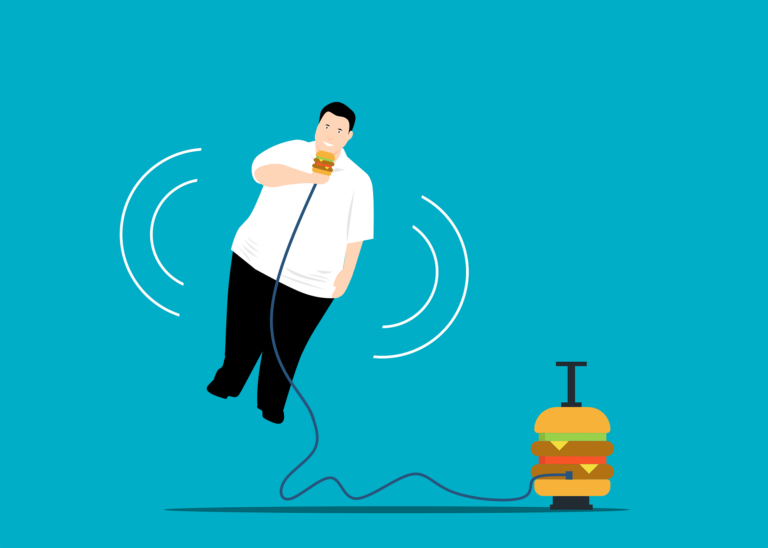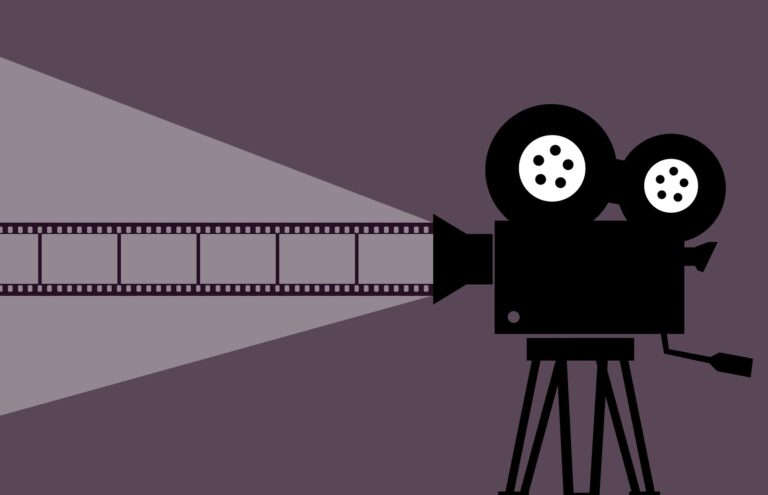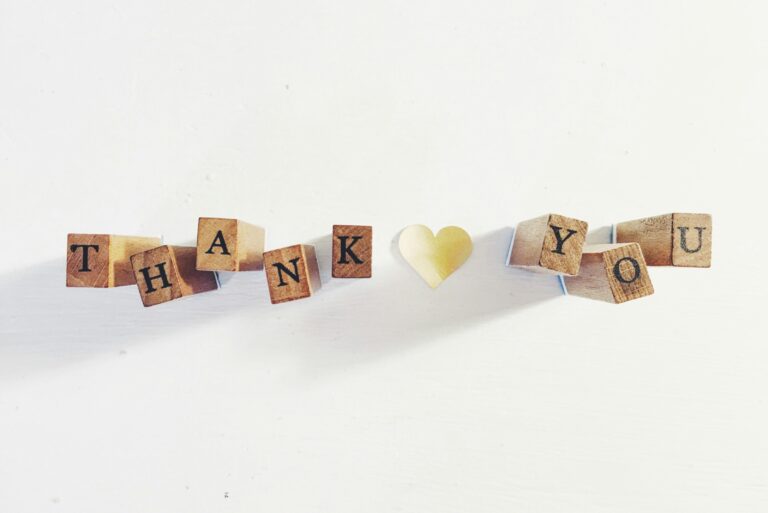If you’re a youth who has ever felt the need to alter your resume but didn’t know where to start, you are at the right spot. This article is for anyone willing to create or improve their resume to make a better impression on hiring managers. This list goes through some essentials and tips on how to craft a great resume.
Because this is for youth and we don’t have that much experience, it’s important to we have to stay focused on what we have rather than what we have missed out on or have yet to achieve.
Conciseness and Clarity:
The one piece of advice that you may have heard several times is to keep your resume concise. This is a common yet extremely impactful method in catching one’s attention. With the rise of social media and a world full of distractions, humans tend to have a short attention span. Concisely conveying your message will highlight your qualities in your resume. Focus only on the major experiences first and leave some of your less frequent extracurriculars off the page.
Personalize It!
Often times individuals will use the same resume for several job applications; however, they forget that each job has a different vision and mission. Having resumes that are catered to the job will increase your chances of getting hired! The company needs to see your skills that are relevant to the workplace expectations therefore, so try to put experiences that would be helpful to the job description.
Impact Over Quantity
A great technique in making your resume effective is describing the impact of your activities rather than the number of activities you have done. For example, if you are applying for retail jobs you should expand on your experience in working with people by volunteering, rather than telling them that you are excellent at table tennis.
Essentially, you want to discuss your impact on others’ lives and your skillset to present yourself competently.

Actionable Words
Having the correct word choice on your resume can make or break it. Furthermore, each resume will have a different tone depending on your choice of vocabulary and detail. Actionable words are the perfect way to enhance your resume by making it sound more professional and organized.
The following are some great actionable words suggested by the University of Colorado Boulder:
- Accomplished
- Administered
- Advanced
- Analyzed
- Appointed
- Approved
- Assigned
- Attained
- Authorized
- Chaired
- Considered
- Consolidated
- Contracted
- Controlled
- Converted
- Coordinated
- Decided
- Delegated
- Developed
- Directed
- Eliminated
- Emphasized
- Enforced
- Enhanced
- Established
- Executed
- Generated
- Handled
- Headed
- Hired
- Hosted
- Improved
- Incorporated
- Increased
- Initiated
- Inspected
- Instituted
- Led
- Managed
- Merged
- Motivated
- Navigated
- Organized
- Originated
- Overhauled
- Oversaw
- Planned
- Presided
- Prioritized
- Produced
- Recommended
- Reorganized
- Replaced
- Restored
- Reviewed
- Scheduled
- Secured
- Selected
- Streamlined
- Strengthened
- Supervised
- Terminated
Formatting & Proofreading
In my opinion, formatting and proofreading are the most underrated yet essential advice one can give to an individual who is writing their resume. While there are AI tools which can help you improve your grammar, it does not hurt to read through your resume twice before handing it out. By proofreading you can improve the tone and set yourself up for a perfect first impression. During the proofreading phase you may want to change up the experience description or reword it to make it more concise. Whatever the issue may be, critiquing your writing will be far more impactful than any AI tool. Lastly, formatting the resume to a subtle and professional look can reflect your organizational skills. For instance, make sure the headings are concise and the font is consistent.
TL;DR

No matter what age you are, editing your resume and striving to make it perfect can assist you in the pursuit of an exciting career! While these are only a few tips for making a perfect resume, they are all you need to impress hiring managers. If you go through each piece of advice thoroughly, you will master the art of resumes in no time!
- Conciseness and Clarity
- Personalize It!
- Impact Over Quantity
- Actionable Words
- Formatting & Proofreading
If building the perfect resume has interested you, here is another website which can help you in making the best resume possible.











































